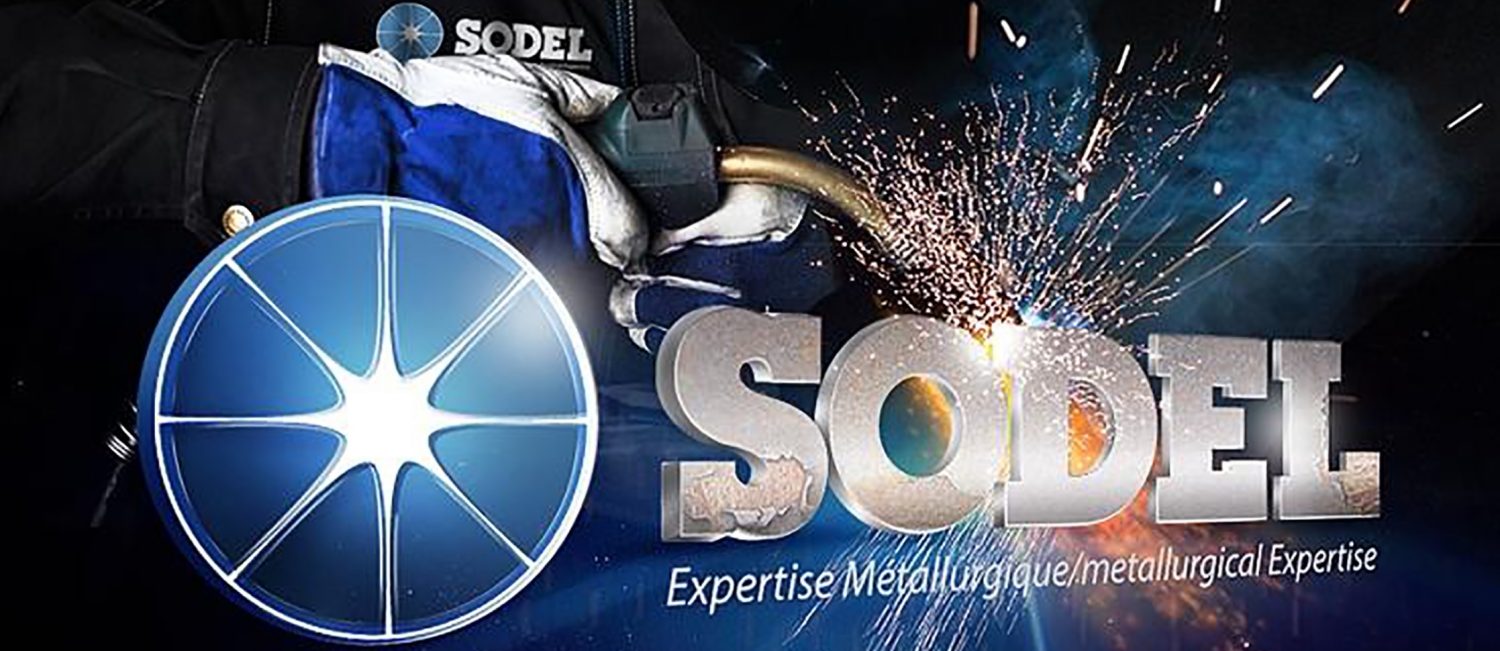
Last week we had a question from a customer that had to weld a 304H stainless steel part using a 308H electrode. The contract specification was requesting a ferrite number between 3 and 6 on the weld beads. They tough that they would be in line with specifications in using a 308H coated electrode with a ferrite number of 5,5 (calculated from WRC 1992 diagram). What was the final result when analyzing with the Ferritscope probe ? A ferrite between 0 and 2 FN; how could it be possible ?
One of the most powerful chemical elements affecting ferrite level is the dissolved nitrogen in the weld bead. For evaluating ferrite level, welding rod manufacturers consider an ideal nitrogen level of 0,06% in any stainless steel (300 series) weld metal. This is the nitrogen content you should get if you weld their rods using prescribed parameters. It is important to understand that nitrogen is not added intentionally in the coated rods. As a matter of fact, nitrogen which dissolves in the austenitic stainless steel comes from the ambient atmosphere. To obtain this low ideal nitrogen level of 0,06% in the weld metal, you have to maintain a very short arc.
In the present case, the project requested to realize 308H weld beads containing 94 to 97% of austenite and 3 to 6% of ferrite. If the customer uses a too long arc, he should obtain a dissolved nitrogen level in the weld bead over 0,06%. Nitrogen being a powerful austenitizer (a chemical element which stabilizes austenite to the detriment of ferrite), that’s why the measured ferrite number is lower than expected. In this situation you have two possible ways to obtain the requested ferrite : shorten the arc length using the same rod rated at 5,5 FN or keep a long arc using a rod rated at 8 or 9 FN. If you choose the second solution, the long arc will give you higher nitrogen content which should lowers the weld metal ferrite to the requested range. Because a higher than normal nitrogen level can have an effect on the weld bead mechanical properties, you should carefully consider this last solution.
support@sodel.com / 1-800-363-1821

